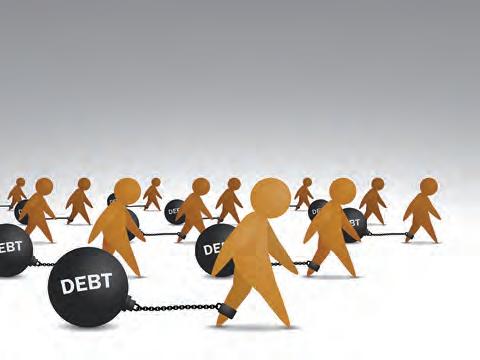“c01AnIntroductionToMicroeconomics_PrintPDF” — 2022/7/19 — 7:26 — page 92 — #90
Question 7 Source: VCE 2020 Economics Exam, Section A, Q10 © VCAA
A fall in the equilibrium price but no change in equilibrium quantity could only occur from which one of the following combinations? a decrease in demand and an increase in supply an increase in demand and a decrease in supply a decrease in both demand and supply an increase in both demand and supply.
FS
A. B. C. D.
O
Question 8
PR O
Source: VCE 2019 Economics Exam, Section A, Q2 © VCAA
Daphne can make either three dresses or nine shirts per hour. For Daphne, the opportunity cost of making an extra dress is
E
one-third of a shirt. one-third of a dress. three shirts. nine dresses.
G
A. B. C. D.
PA
Question 9 Source: VCE 2019 Economics Exam, Section A, Q9 © VCAA
TE
The equilibrium price and equilibrium quantity both decrease. The equilibrium price and equilibrium quantity both increase. The equilibrium price decreases and the equilibrium quantity increases. The equilibrium price increases and the equilibrium quantity decreases.
CO RR EC
A. B. C. D.
D
If a severe drought affected this year’s wheat harvest, what would be the effect on the equilibrium price and equilibrium quantity of wheat?
Question 10
Source: VCE 2018 Economics Exam, Section A, Q11 © VCAA
Which one of the following is not a feature of a perfectly competitive market? Firms have ease of entry into and exit from the market. Products sold in the market are homogenous. Consumer sovereignty exists. Resources are not mobile.
N
A. B. C. D.
U
Question 11
Source: VCE 2017 Economics Exam, Section A, Q4 © VCAA
What would be the effect on the market for Good X if there were a rise in the price of a substitute good? A. B. C. D.
92
The demand curve would shift left and the equilibrium price of Good X would decrease. The supply curve would shift left and the equilibrium price of Good X would increase. The demand curve would shift right and the equilibrium price of Good X would increase. The supply curve would shift right and the equilibrium price of Good X would decrease.
Key Concepts VCE Economics 2 Units 3 & 4 Eleventh Edition

































